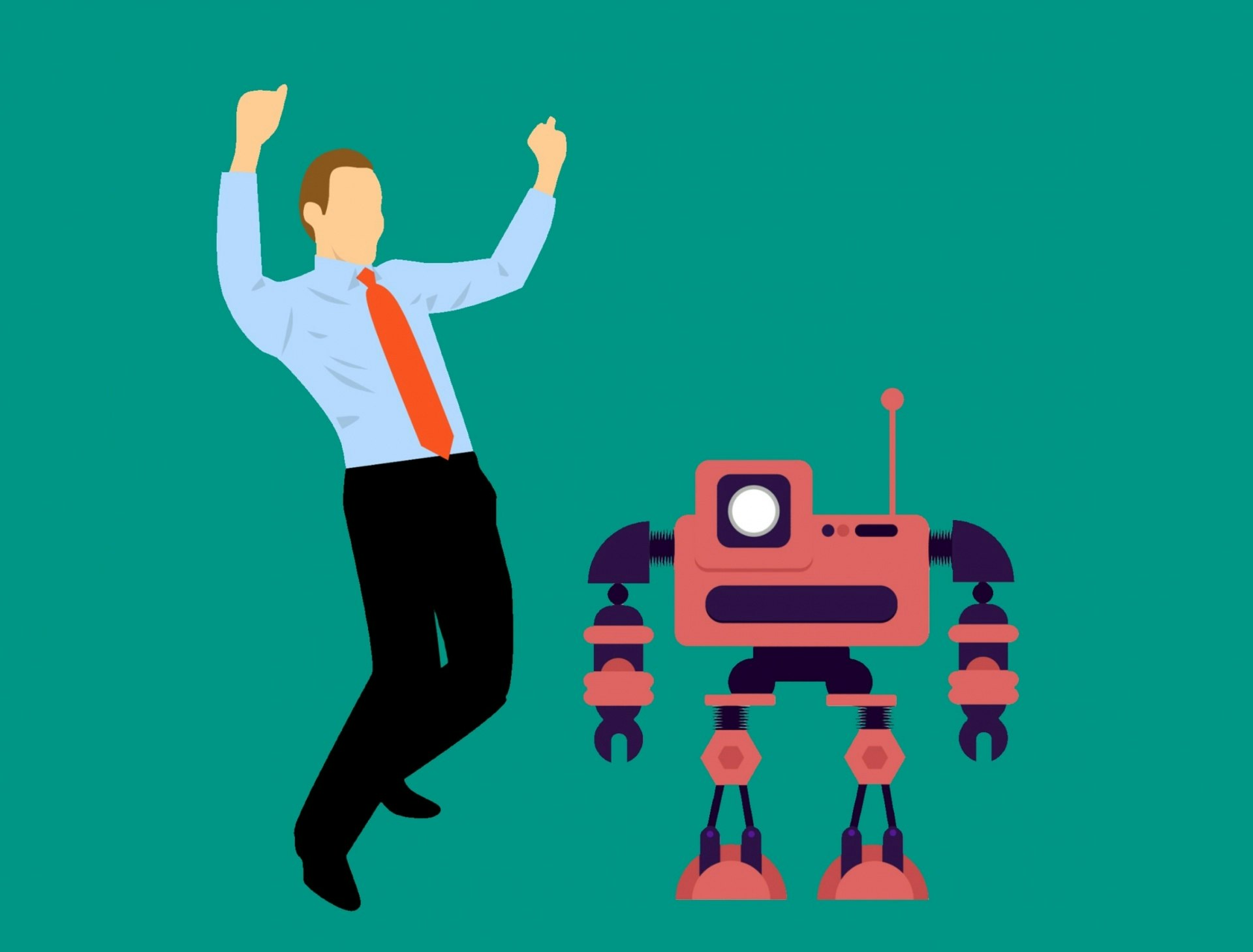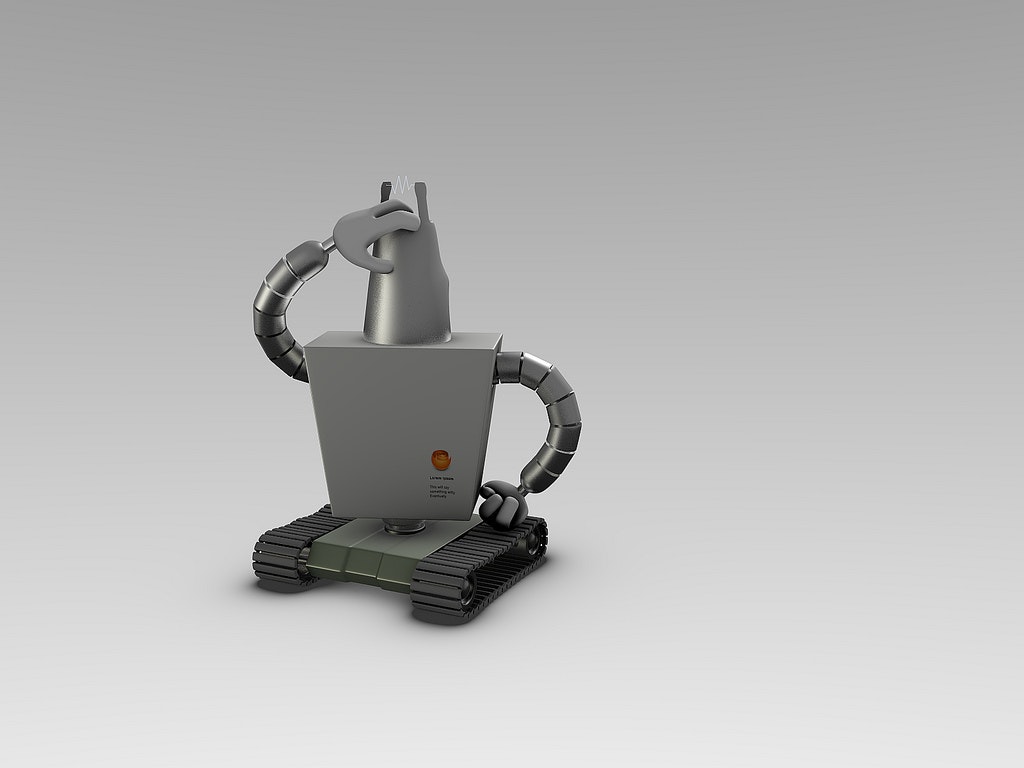The world of AI is one of boom and bust. The successes: from Deep Blue to ImageNet and AlphaGo, machine learning is now capable of incredible feats, from beating the best board game players, or recognising what an image contains. However, this progress comes at a price. Research breakthroughs trigger an avalanche in investment, but this vast spending often generates only trickles of commercial returns. The end result: an ‘AI winter’, where funding tails off and scientific progress stalls.
There’s signs of that developing today. Right now, investors are chasing the most recent academic successes, like speech recognition and image classification, as well as the great challenges facing society today: think autonomous urban driving, robot manipulation, natural language understanding, and protein folding. But these investments, to be sustained, need to provide a profit within a reasonable timeframe. Many of the companies developing them are running at deep losses, with the assumption that somewhere down the line, someone will figure out how to generate far more revenue than all that was spent.
What if that doesn’t happen? Then investors will pull the plug. All the investment in research, new chips and platforms will be in vain unless businesses figure out how to generate returns - for investors, scientific progress, and society. So, are any AI players sustainably making money from non-AI customers? And what can we learn from them?
AI companies need to make money
Fortunately, there are areas where AI advances are making the world function better, faster and cheaper. Companies like Aurora are using deep learning to transform facial recognition at airports, while Zebra Medical and Enlitic are using AI to detect early signs of cancer and help radiologists work faster. These are challenges that have never been previously solved with computers. But they are also problems that affect us in the real world now, every day. Consequently, it’s in exactly these areas that AI can make an immediate difference - improving matters for customers and consumers, and in effect connecting all those investment dollars into actual profits, rather than theoretical future returns.
Similarly, visual appraisal is today accelerating how people recover from car accidents. Tractable, which I founded, is attempting to change how some of the world’s largest insurers assess damage to a vehicle by using advances in computer vision to ensure claims are resolved more quickly, consistently and economically than was previously possible. It's about creating an advance in quality over what’s currently on offer, but also creating something that has real-world commercial applications. To me, the key learning is this: for AI development, technological breakthroughs don’t represent success — customer adoption does. Even if you’re solving the world’s most difficult theoretical challenges, it doesn’t really matter unless you’re converting those into real-world gains that make a difference for the end-user.
Money ensures survival
But by being focussed on real-world application and the returns from it, do we limit what AI can achieve? I don’t think so, and here’s why. We use AI to process multiple images simultaneously so we can understand the extent of damage to a single-vehicle. This helps us serve our customers. But it doesn’t take a huge leap of imagination to consider how this expertise, and other breakthroughs like it, could be applied elsewhere. For example, by using similar tech during natural disasters, perhaps in combination with drones, we could quickly understand the extent of property damage caused by a hurricane or flood.
In other words, by applying AI commercially today, tech companies are creating the foundation for the breakthroughs of tomorrow - which will ultimately help us help more people and solve even more challenging problems. Whether we get to that point, though, depends on whether we can create commercially sustainable businesses. If we can, returns will flow back up the supply chain, investors will be rewarded, and a sector capable of consistently converting technological advances into beneficial products will exist.
Perhaps, as a result, historians in the future will applaud the 2010s as having generated an entirely new industry, like cars in the 1910s and electric utilities in the 1880s. But I do also wonder what happens if too many of today’s players fail to become commercial. In those circumstances, large parts of the AI supply chain could collapse, and the result would be widespread failure, as happened with the internet companies in the early 2000s.
And the result? A missed opportunity to use AI to solve the most pressing problems facing humanity — with adverse consequences for us all. It’s incumbent on tech companies today to make sure that that outcome doesn’t happen.
Alex Dalyac is co-founder and chief executive of Tractable, an artificial intelligence company specialized in visual tasks for traditional industries. The company’s current focus is insurance and automotive, where its AI predicts the cost to repair a vehicle based on photos of the damage.


